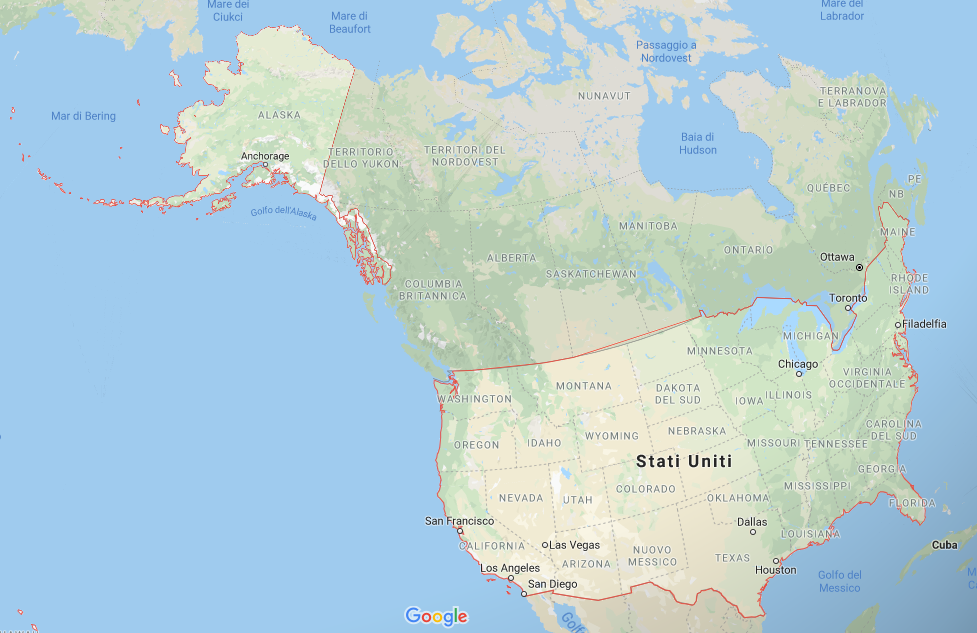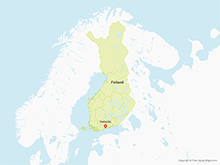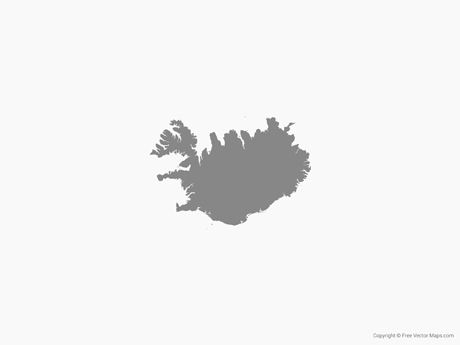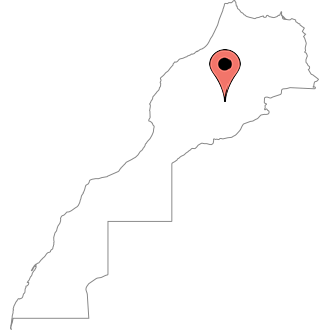Caving
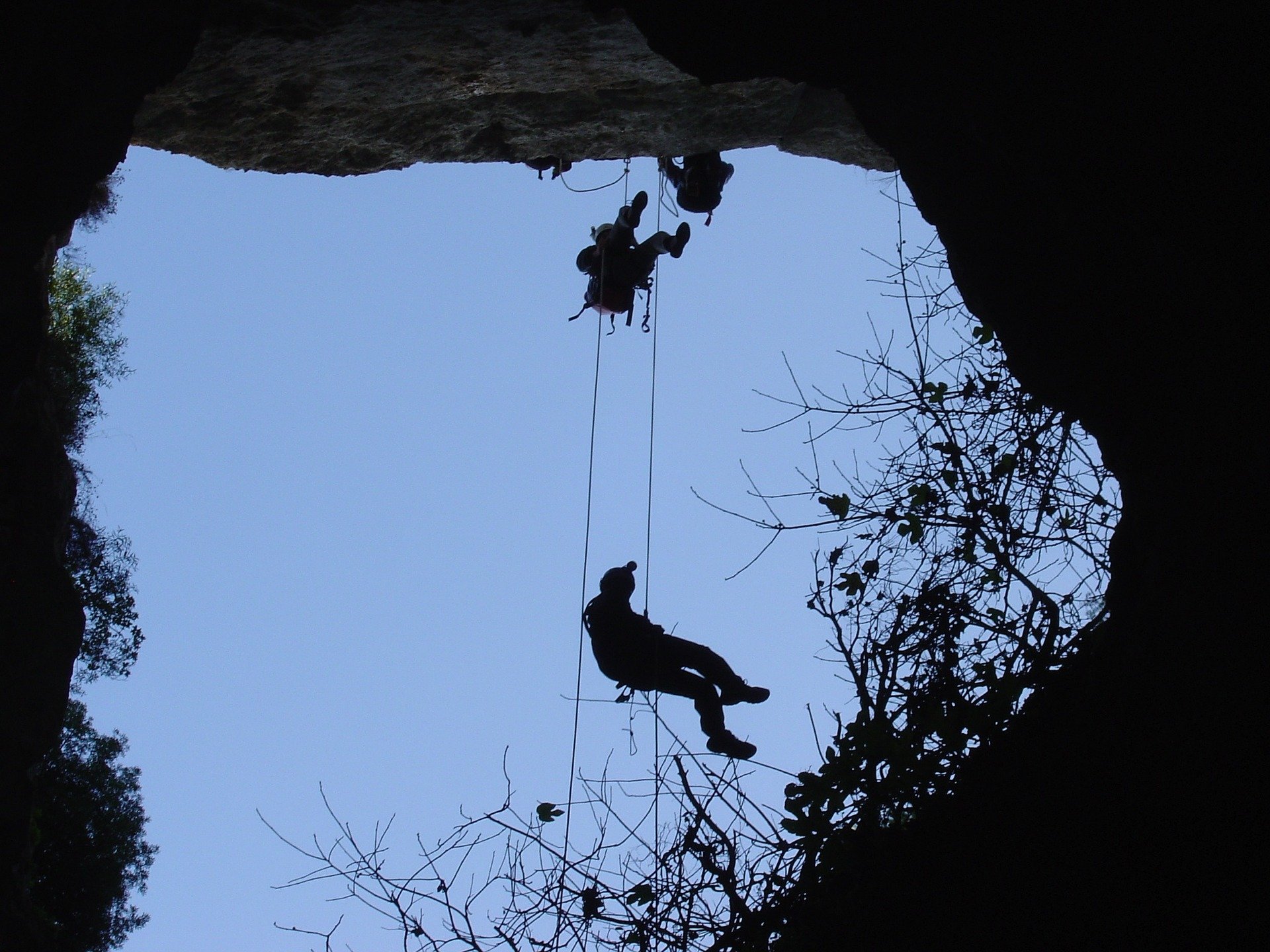
When I think of “caving”, the first thing that comes to my mind is an explorer, with a headlamp and helmet, who goes through underground tunnels in search of stalactites, streams, minerals, etc … Is this true for you as well?
HOW IT WORKS
Infact, speleologists do exactly that: they explore underground cavities to study their properties and characteristics.
The main specializations, and also those that we like most as sportsmen, are caving in artificial (or urban) caves, cave diving and speleology of lava caves.
Urban caving deals with cavities such as ancient tunnels, mines, catacombs, etc.
Cave diving deals with the exploration of flooded underground paths (natural or artificial). So, caving + diving. TOP
A variant is the exploration of volcanic cavities, or lava caves.
WHEN TO GO
In this case, the weather conditions and the climate have no influence on the caving activity itself.
There may be more or less good periods to carry out an exploration for the internal conditions of the cavity, which could depend on the external conditions or not.
The feasibility of an excursion must therefore be checked on a case-by-case basis.
ADRENALINE/7R
30 % – 60 %
is the minimum amount of DRD4-7R adventure gene that we think you should have to do this activity.
Take the test to find out how much% of 7R you have in your DNA.
DOCUMENTS AND REQUIREMENTS
No special preparation is required to carry out a caving excursion (guided by a qualified instructor).
Depending on the difficulty of the route, sufficient physical fitness may be required.
RECOMMENDED CLOTHING
The clothing recommended for a cave excursion must protect from cold and humidity.
Furthermore, if possible, it must be smooth, in order not to get caught in some protrusion.
Shoes must have non-slip soles, better if waterproof. Hiking boots are ideal.
Among the equipment provided by your guides, there will be a helmet and a lamp, normally a headlamp.
No additional equipment is required for entry to most sites. In some cases, ropes may be needed.





